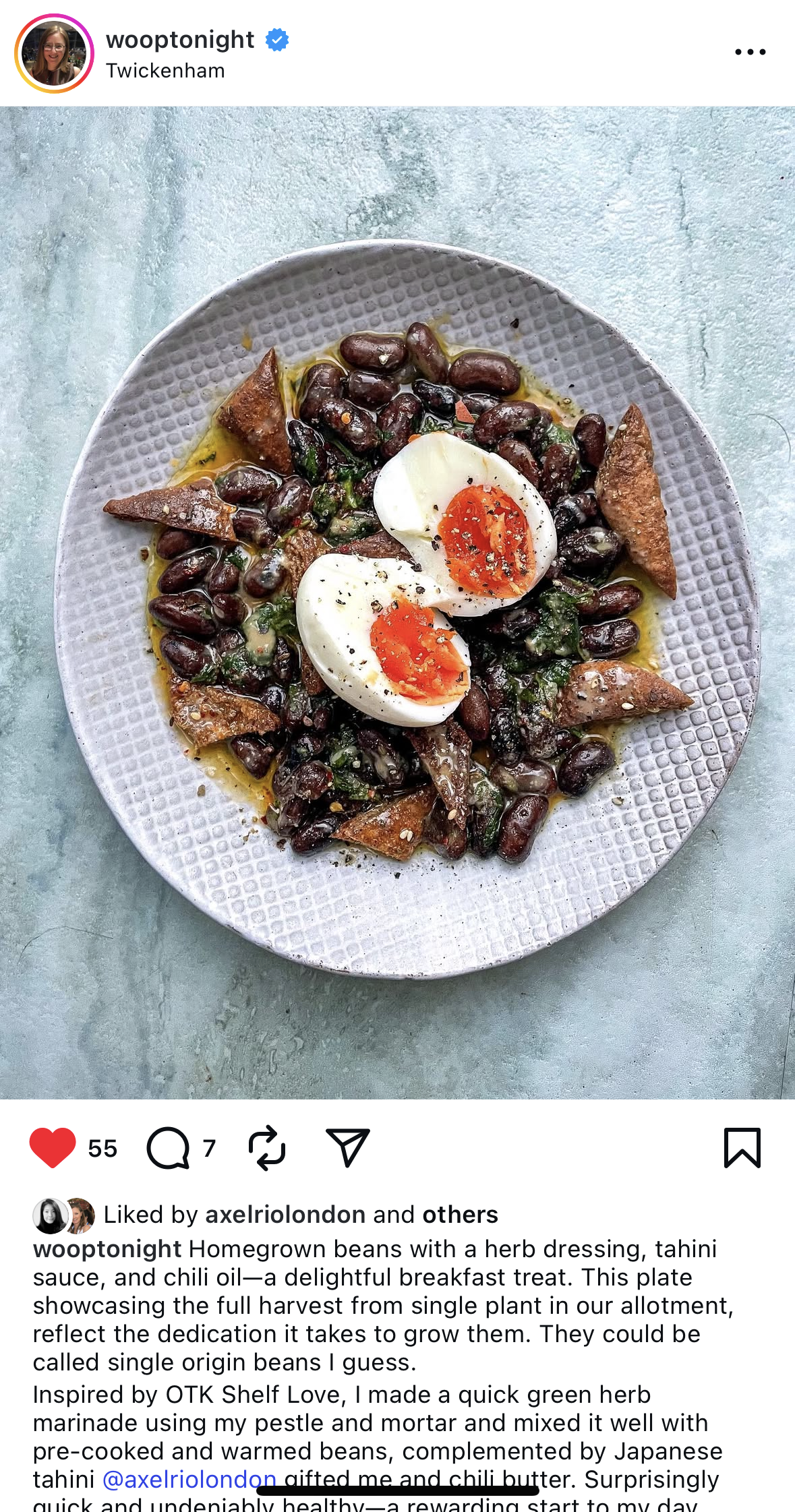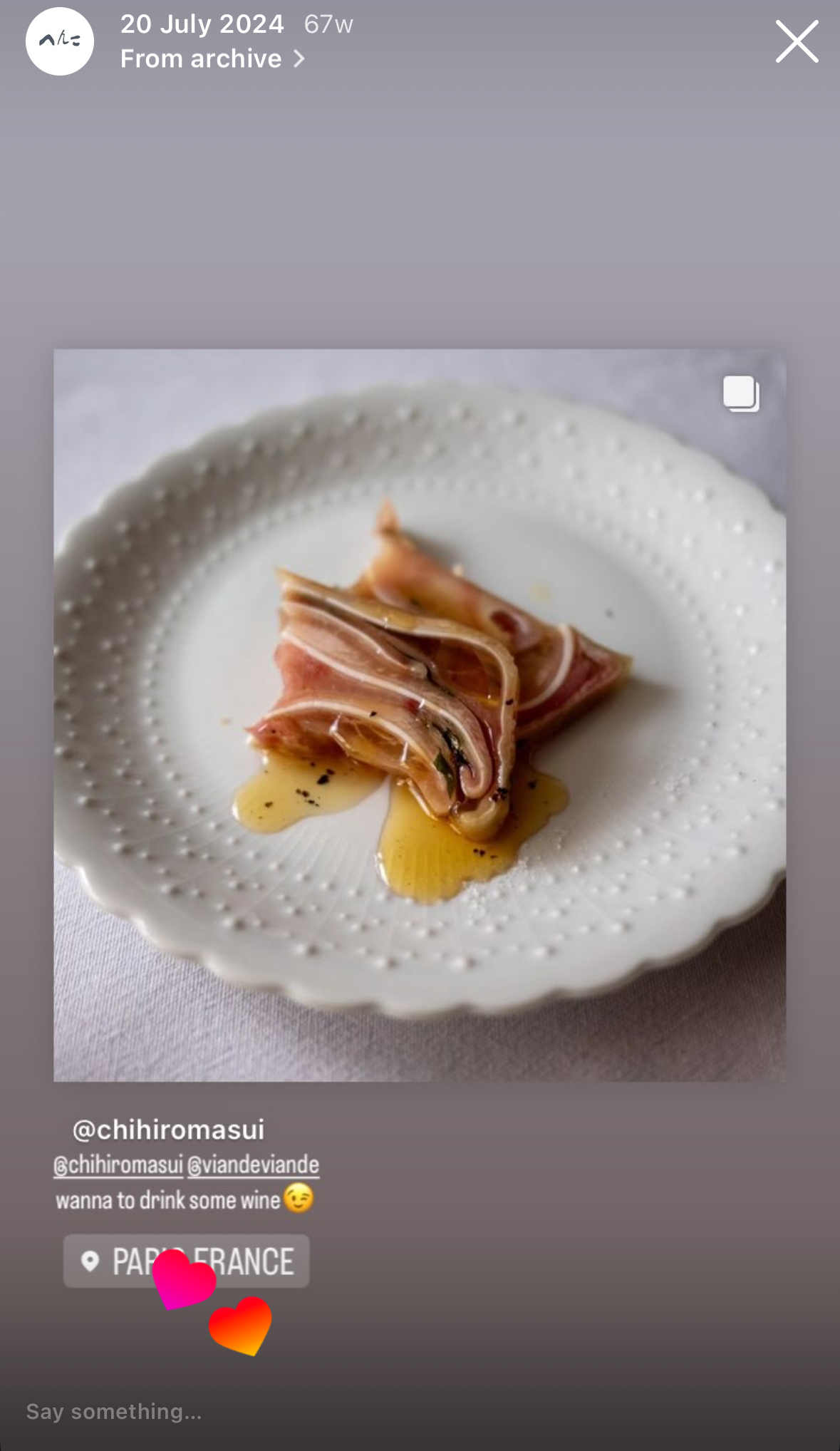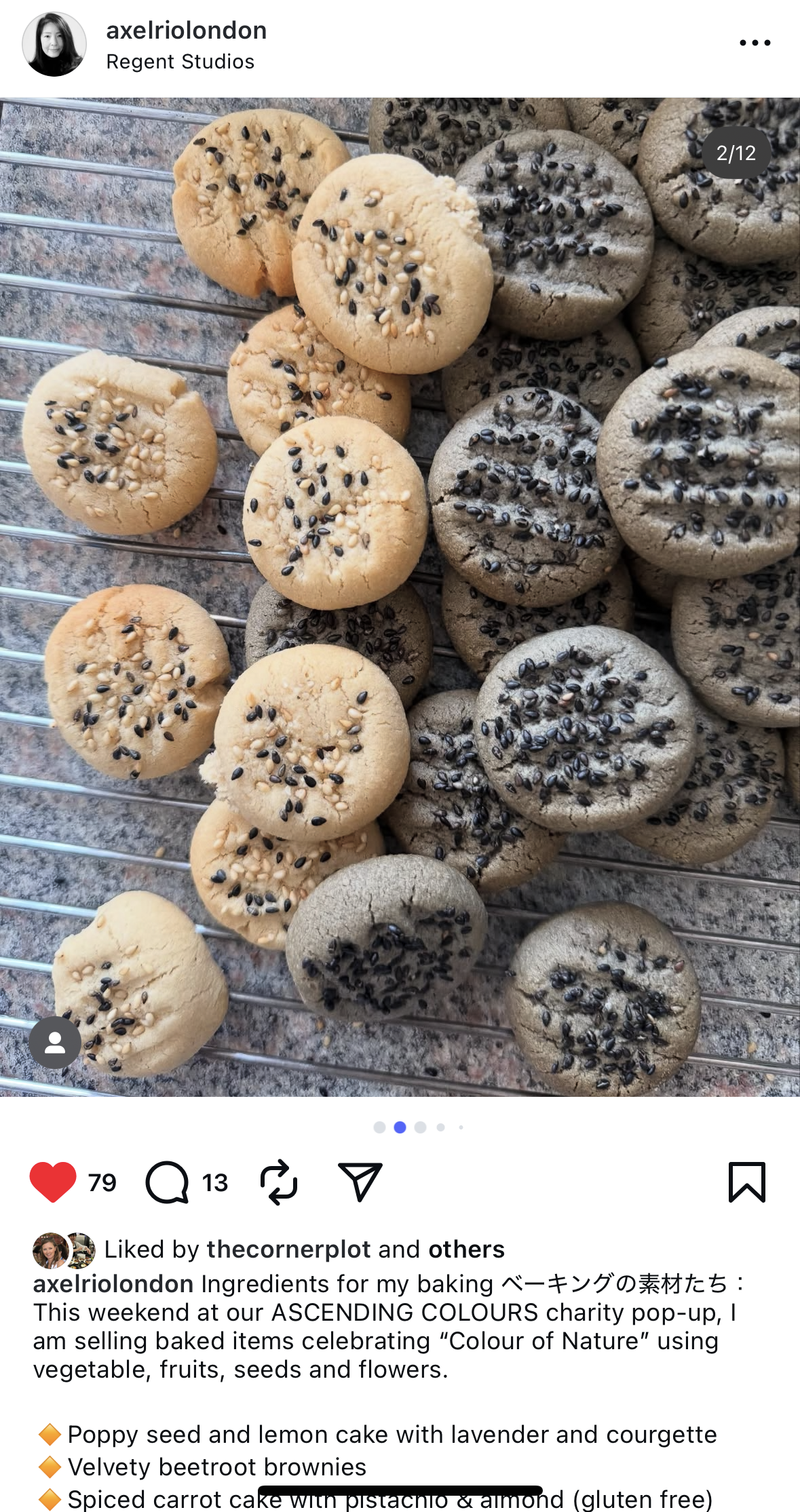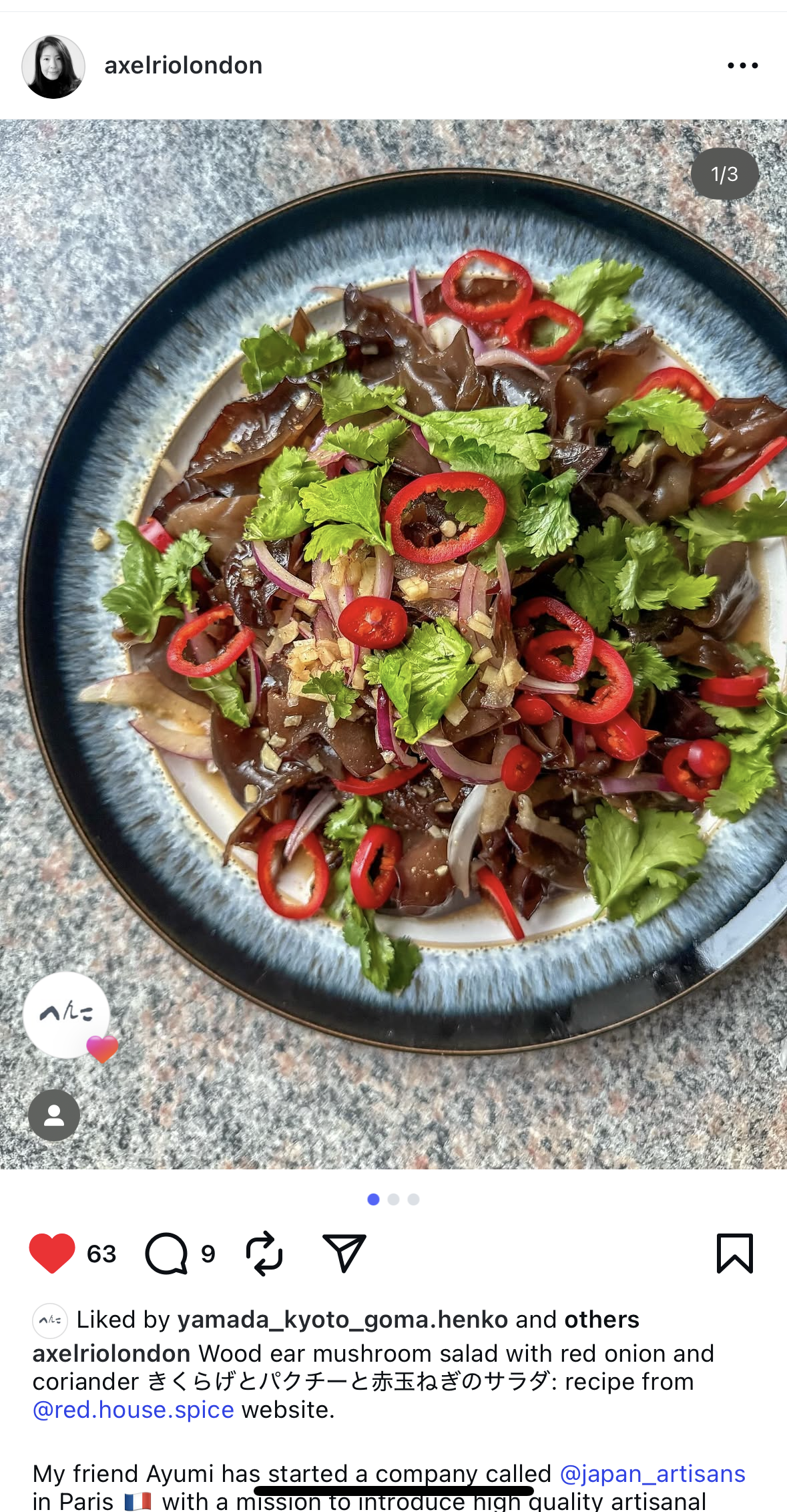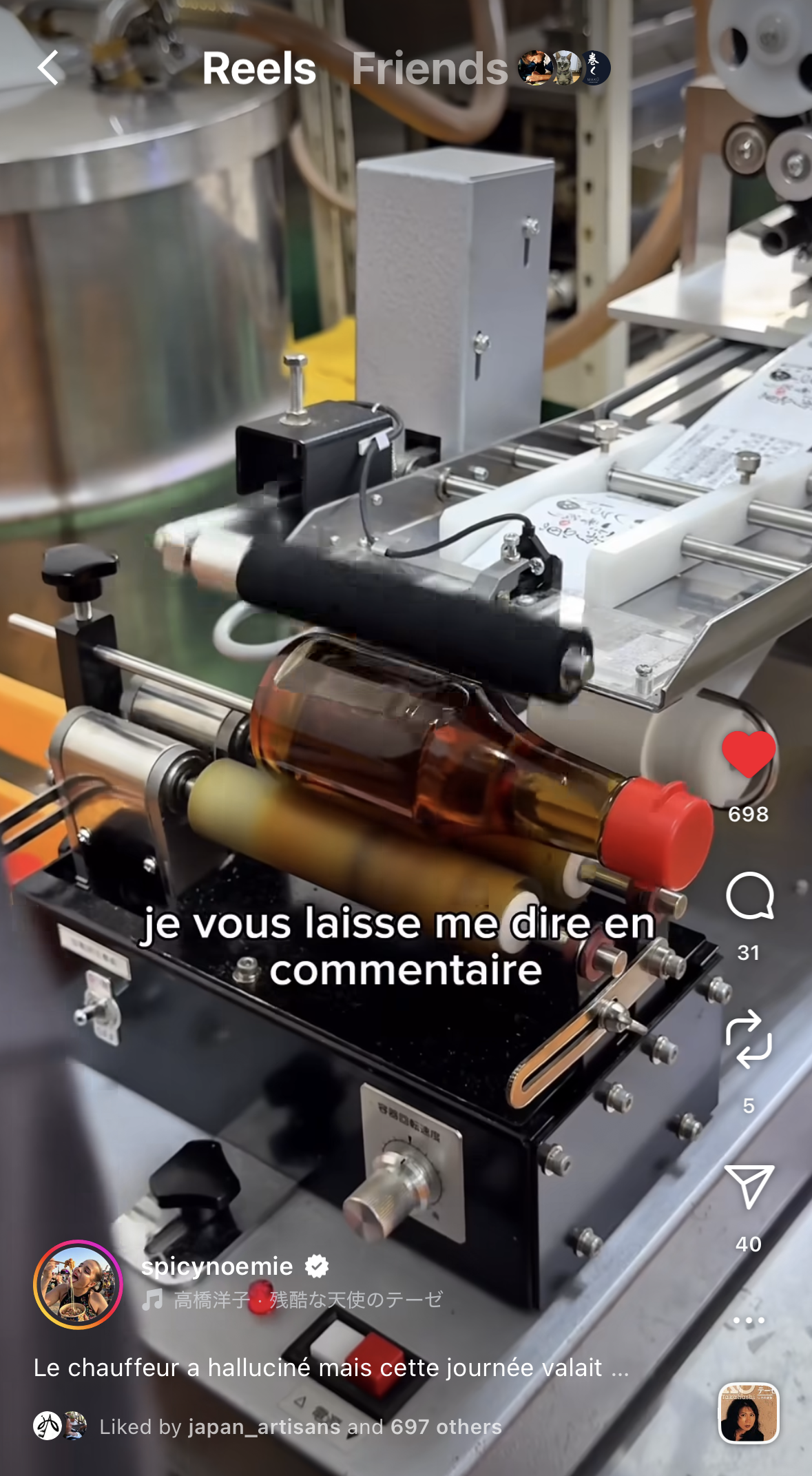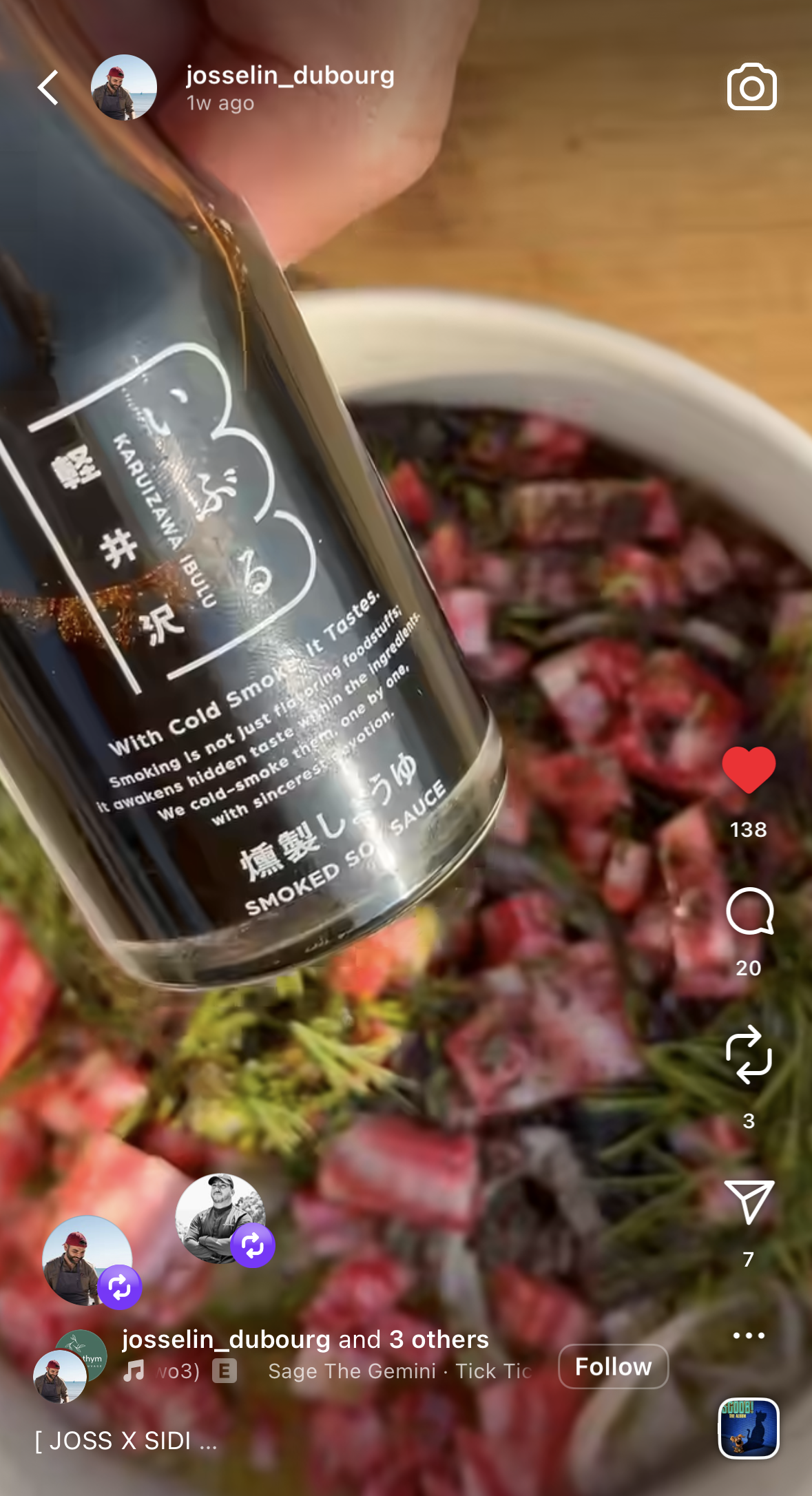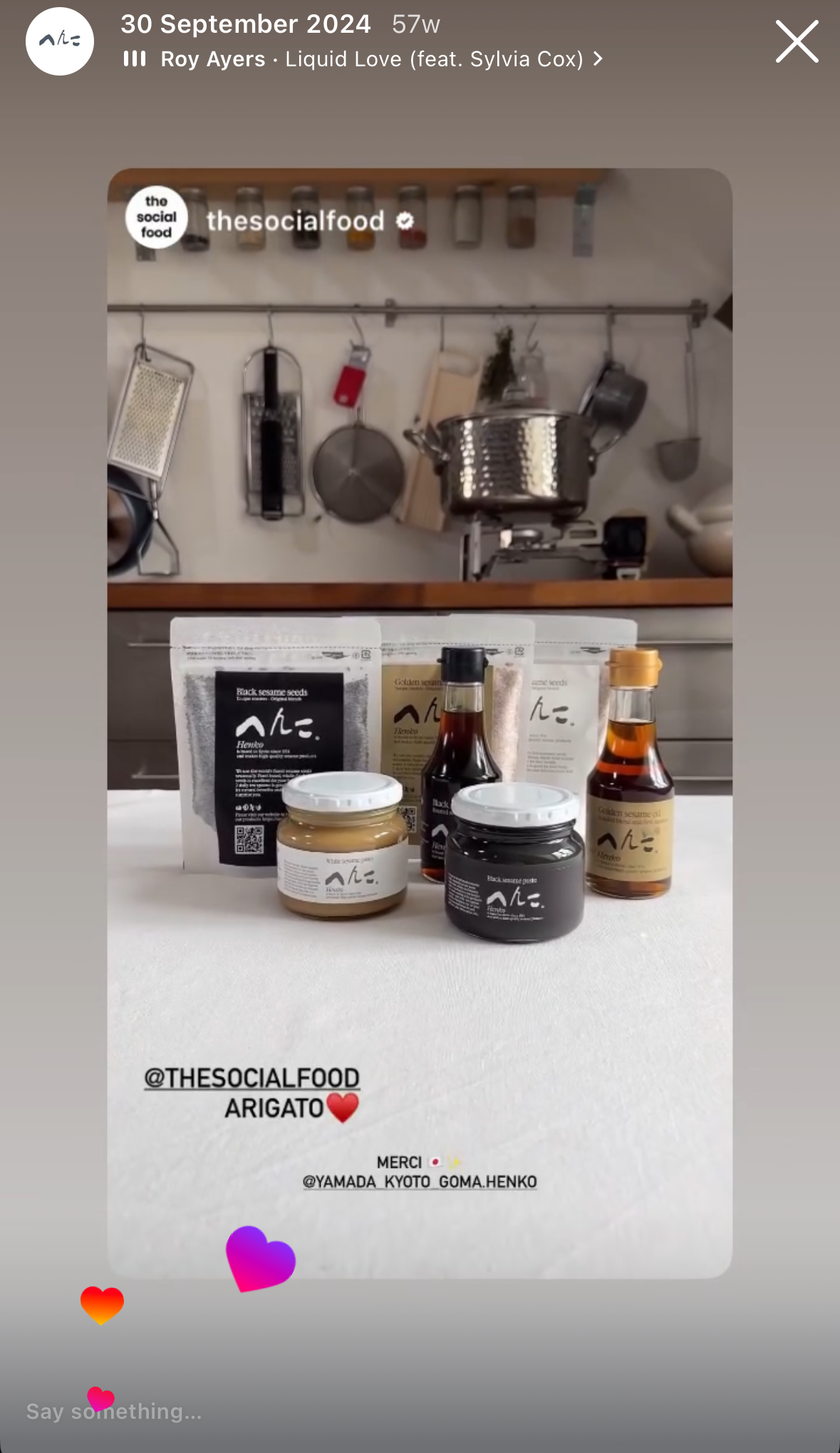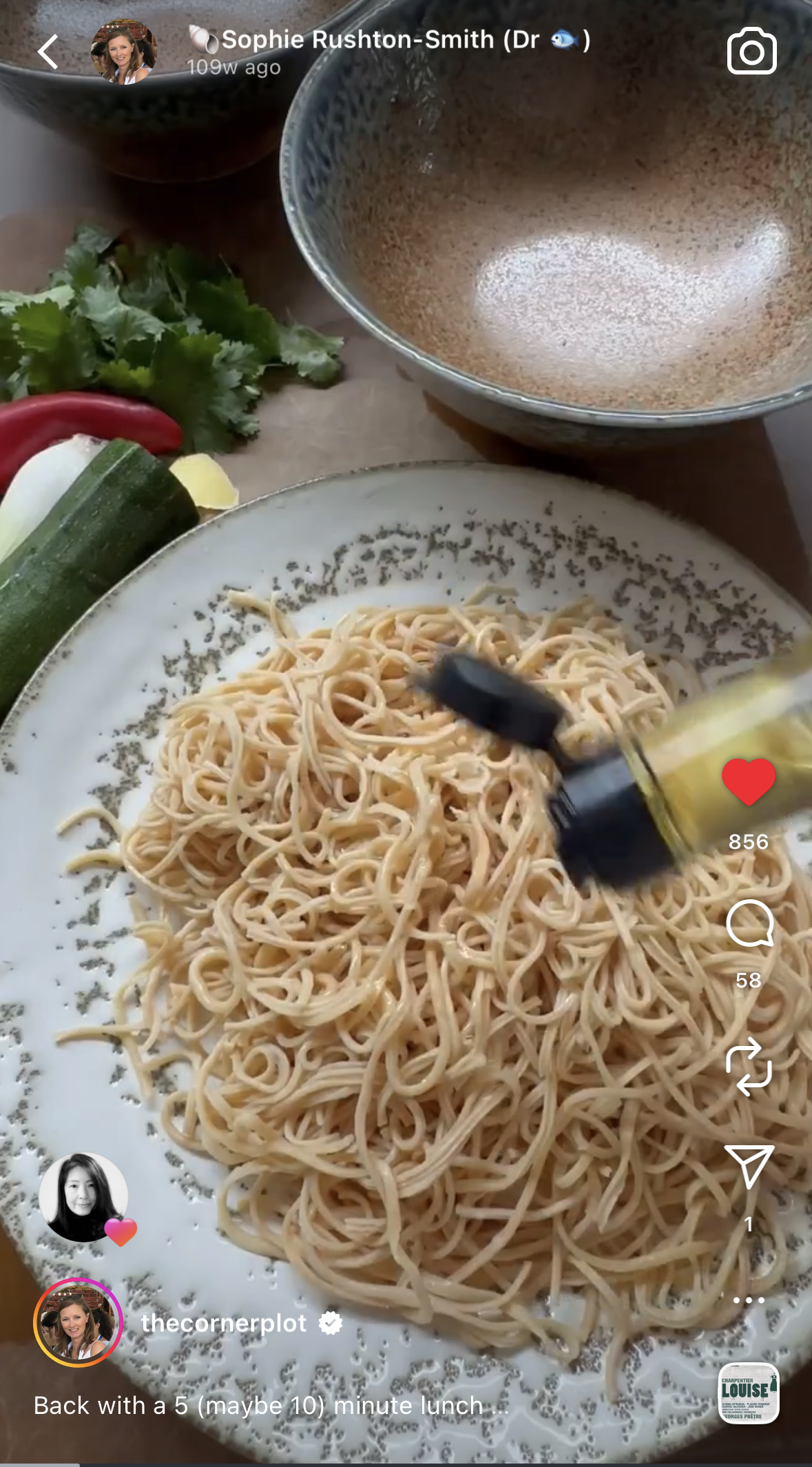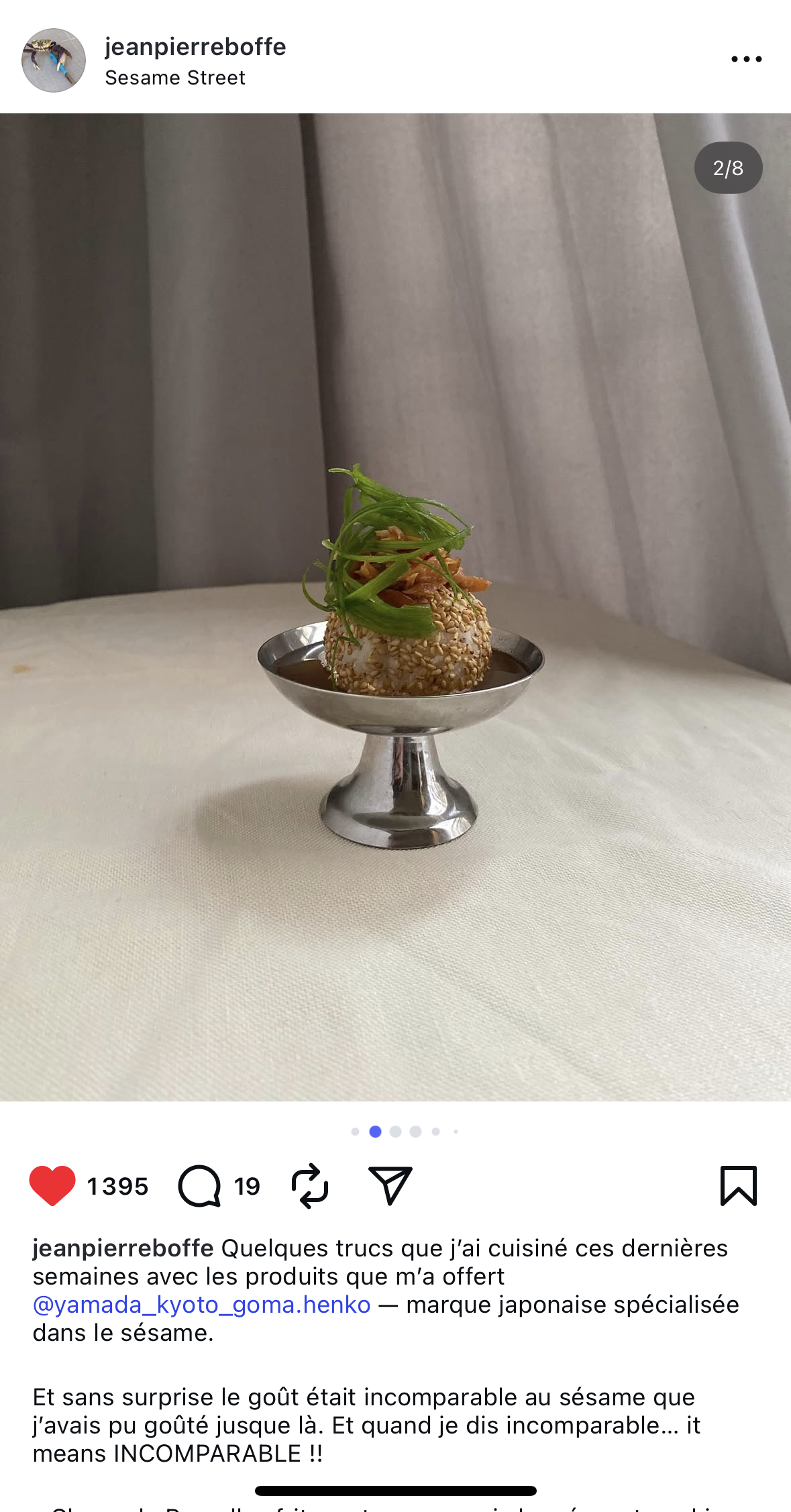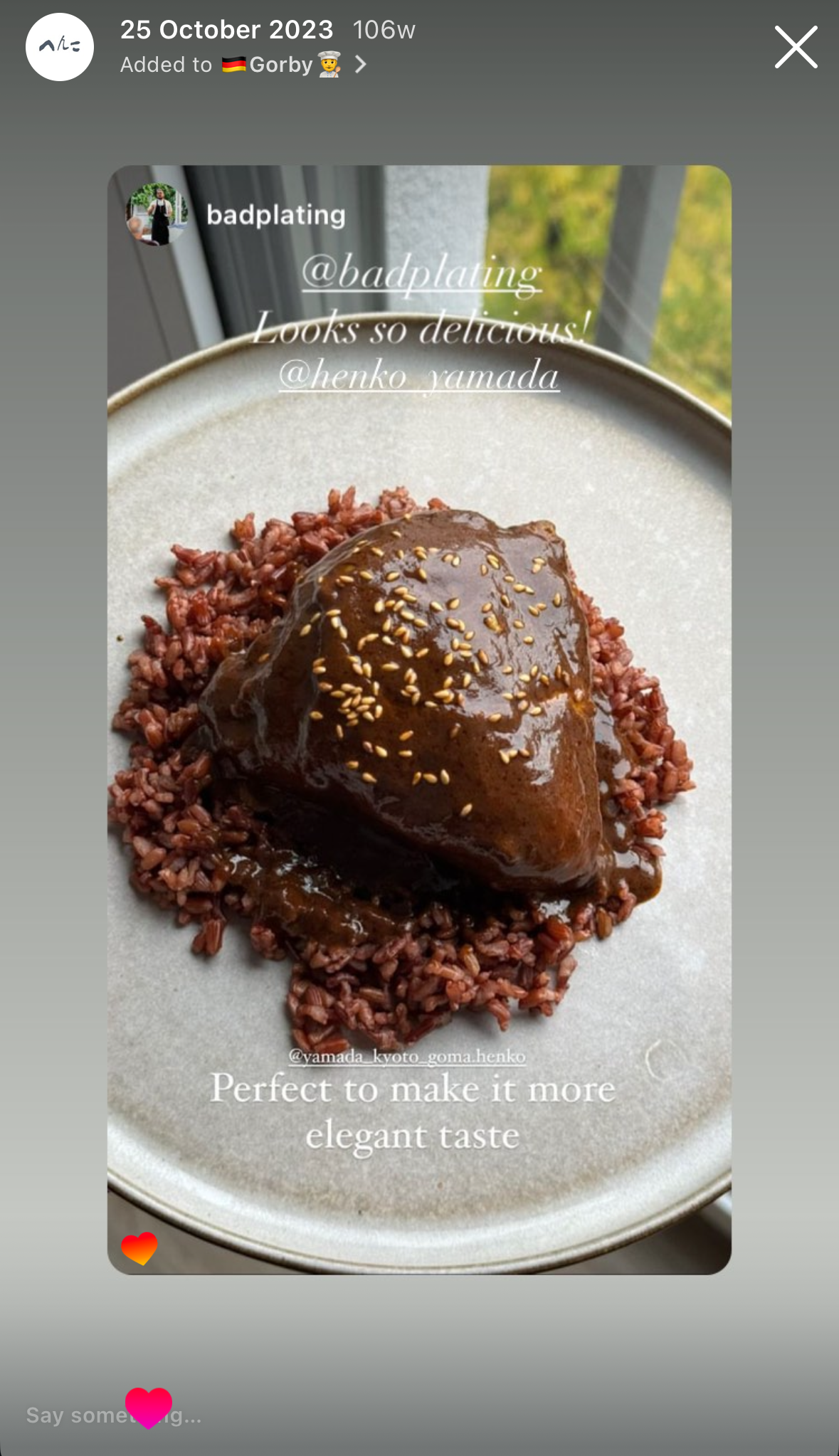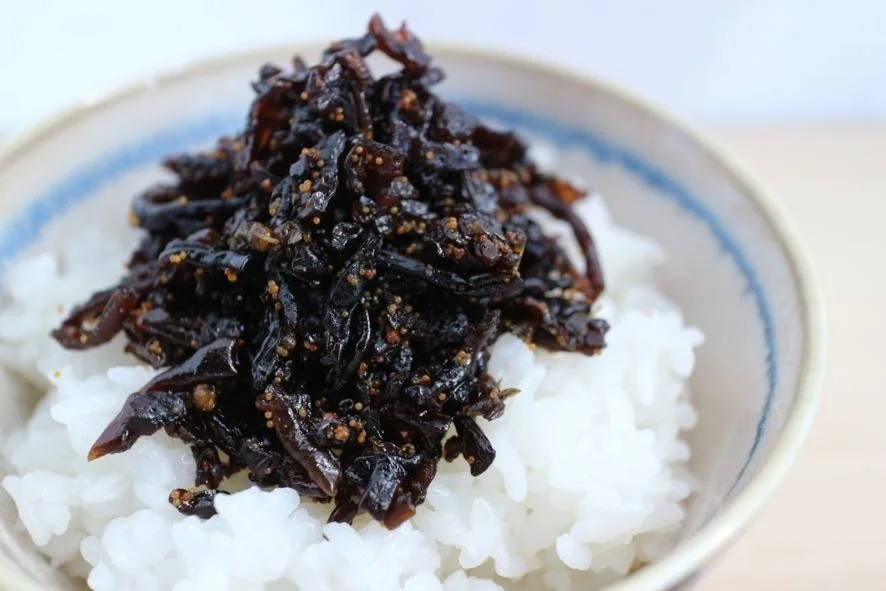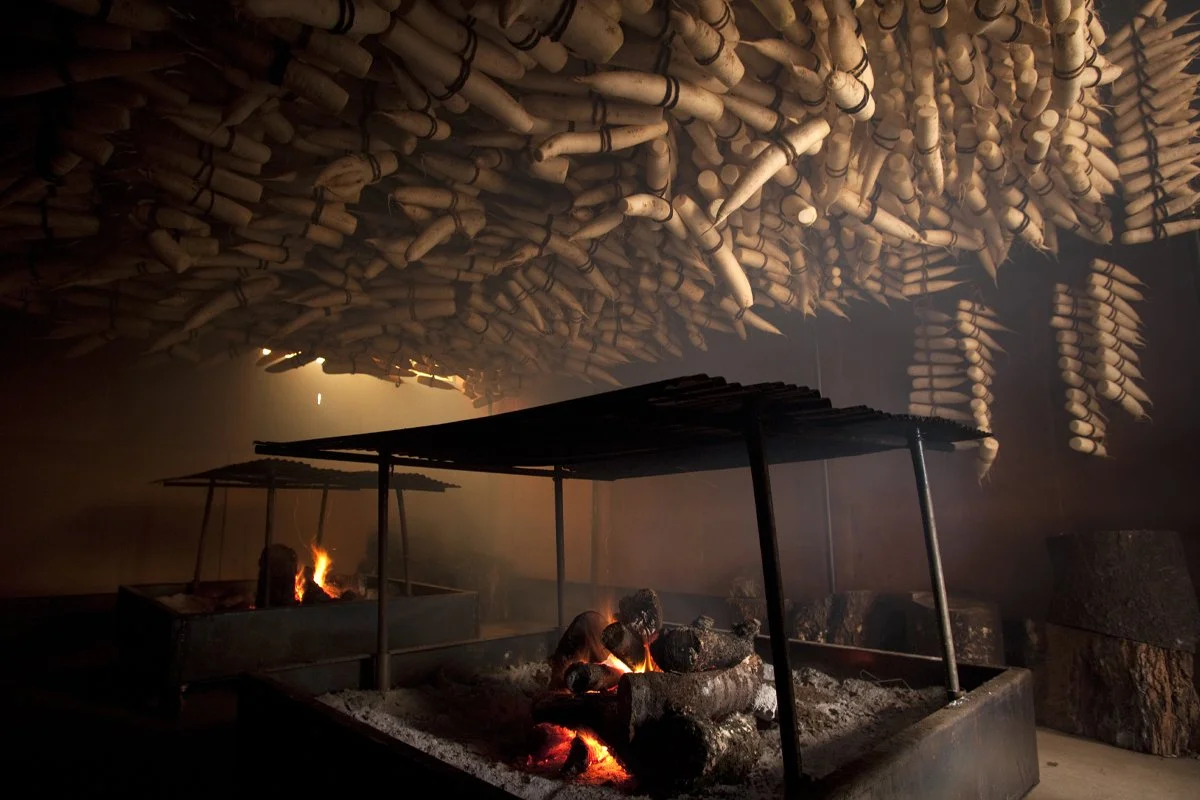Ayumi Kitani
Ayumi Kitani
Read More
Ayumi Kitani
Ayumi Kitani
Read More
Ayumi Kitani
Ayumi Kitani
Read More
Ayumi Kitani
Ayumi Kitani
Read More
Ayumi Kitani
Ayumi Kitani
Read More
Ayumi Kitani
Ayumi Kitani
Read More
Ayumi Kitani
Ayumi Kitani
Read More
Ayumi Kitani
Ayumi Kitani
Read More
Ayumi Kitani
Ayumi Kitani
Read More
Ayumi Kitani
Ayumi Kitani
Read More
Ayumi Kitani
Ayumi Kitani
Read More
Ayumi Kitani
Ayumi Kitani
Read More
Ayumi Kitani
Ayumi Kitani
Read More
Ayumi Kitani
Ayumi Kitani
Read More
Ayumi Kitani
Ayumi Kitani
Read More
Ayumi Kitani
Ayumi Kitani
Read More
Ayumi Kitani
Ayumi Kitani
Read More
Ayumi Kitani
Ayumi Kitani
Read More
Ayumi Kitani
Ayumi Kitani
Read More
Ayumi Kitani
Ayumi Kitani
Read More
